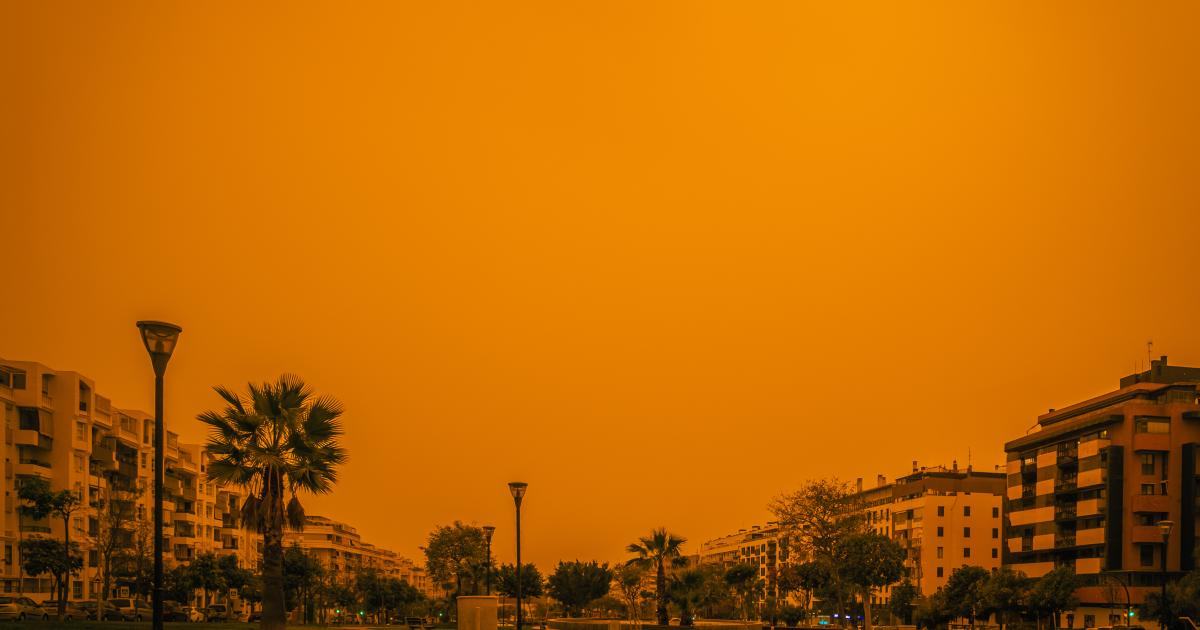
Calima: Mysterious atmospheric phenomenon
One of the main factors affecting the occurrence of calima is the atmospheric pressure system over the Mediterranean Sea and the Sahara Desert. When the air is stable and there are strong winds from the southeast, the desert dust is lifted up and carried westward by air currents.
It thus reaches Spain, forming a distinctive fog.
Calima has various effects on both people and the environment. One of the most obvious effects is a reduction in visibility, which can lead to difficulties in driving and lead to an increase in traffic accidents. In addition, the dust in calima is harmful to health, especially for people with respiratory problems such as asthma. Heavy dust particles can irritate the respiratory tract and lead to health problems such as coughing, shortness of breath or irritation throat.
Calima's impact on the environment is also significant. Desert dust settles on the ground, plants and buildings, which can lead to soil and surface pollution. In addition, this dust can interfere with the photosynthetic processes of plants, which can have negative consequences for local ecosystems.
Calima is a phenomenon that occurs mainly in spring and summer, when atmospheric conditions favor strong winds from the Sahara desert. However, it can also occur at other times of the year, depending on weather conditions.
It is important for residents and tourists to be aware of calima and take appropriate precautions, such as avoiding outdoor activities during fog and following public health recommendations.







